Don't Be Gentle, It's a Rental: Nissan Boosts U.S. Sales Numbers by Flooding America's Fleets

What was the last car you rented? If numbers reported by The Wall Street Journal are accurate (and we have no reason to believe they are not), chances are it was probably a Nissan.
Why’s that? Well, flying in the face of everything that’s ever been taught in the popular How Not to Scupper Resale Values 101 class, Nissan has been pumping the rental market full of Rogues and Altimas, to the tune of nearly 300,000 units in 2017. That’s the most of any automaker and 10 percent more than the traditional offender in this field: General Motors.
It’s a startling about-face in activity in an age when most manufacturers are running away from the rental market as if it is an especially virulent leper. Honda’s rental fleet is said to account for less than 5 percent of total sales. Same at Subaru. Even GM, a company known for producing vehicles specifically for fleets, is projected to see its retail/rental ratio drop below 10 percent for the first time in ages.
According to Polk/IHS Automotive, of the top 10 rental vehicles to enter fleets in 2017, four of them were Nissans. The following numbers are good through the end of October:
Judy Wheeler, sales honcho at Nissan, told WSJ that the company has boosted rental sales to 18 percent of total deliveries, which is up from about 14 percent in 2015 and far higher than the industry average. She went on to say that rentals are a “very profitable business for us,” thanks to Nissan’s practice of furnishing fleets with well-equipped models rather than the traditional proletariat-spec machines that used to haunt the nightmares of business travellers across the nation.
Owners of Nissan products should take this information to heart when they receive a lowball offer from their dealer at trade-in time. History, not to mention the laws of supply and demand, virtually guarantee the scuppering of values towards machines which rely heavily on fleet sales. The next time an Altima owner sees a tiny trade value as part of the four-square with which they are presented, they should feel free to blame the company whose badge is on the nose of their sedan.
Continuing the narrative, WSJ goes on to quote a senior exec at Enterprise, the rental company which promises to “Pick You Up” — unless you’re at a deserted St. John’s International Airport at two in the morning in the middle of a snowstorm, leaving one to brave the wintry elements on their own. This is purely a hypothetical situation, of course. It could’ve also been a hypothermia situation, but I digress.
Anyways, the rental company’s talking head naturally bills the practice of selling to fleets as a Very Good Thing. In addition to pontificating that the rental market is a way to leave an impression on customers who may be shopping for a car, Kurt Kohler goes on to say, “It doesn’t require expensive retail advertising, and is a guaranteed source of business.” Yes, it is … right up until the point when it isn’t.
For further insight on this practice, I encourage Mr. Kohler to look up Brand Dilution on Wikipedia. He will find it right next to the entry for Coach purses.
Year-to-date, sales at the entirety of Nissan Motor Company (including Infiniti) is 1,455,238 units out of a 15,922,106 U.S. industry total. Simple division places market share at 9.1 percent. Taking the reported number of 281,167 fleet units into account, basic math teaches us that Nissan Group’s retail market share could actually be somewhere in the neighborhood of 7.3 percent.
Subtracting Infiniti, the Nissan brand itself sold 1,318.202 vehicles. Making the reasonable assumption that 95 percent of the company’s reported 281,167 fleet sales were Nissans, a total of 1,051,094 retail sales puts actual retail market share south of 7.0 percent.
Not long ago, Carlos Ghosn set out a sales timetable for the company, decreeing a 10-percent market share. The year deemed acceptable for reaching that target? 2017.
[Image: Nissan]

Matthew buys, sells, fixes, & races cars. As a human index of auto & auction knowledge, he is fond of making money and offering loud opinions.
More by Matthew Guy
Latest Car Reviews
Read moreLatest Product Reviews
Read moreRecent Comments
- Kwik_Shift_Pro4X No thanks. You'll never convince me that anybody needs this.
- Kwik_Shift_Pro4X I'd rather do the driving.
- SCE to AUX EVs are a financial gamble for any mfr, but half-hearted commitment will guarantee losses.BTW, if there were actual, imminent government EV mandates, no mfr could make a statement about "listening to their customers".
- Zachary How much is the 1984 oldmobile (281)8613817
- Yuda Very dystopian. Not good.


















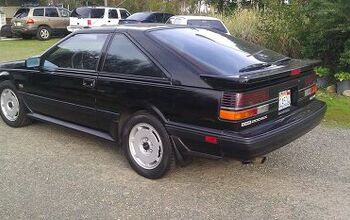
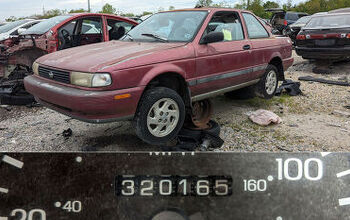
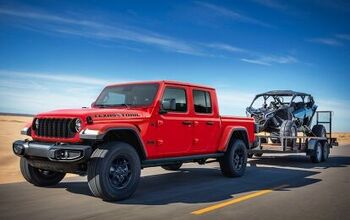

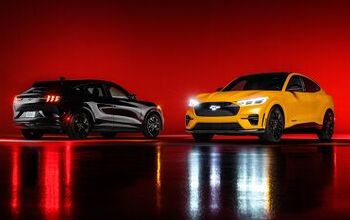
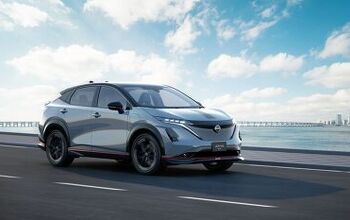

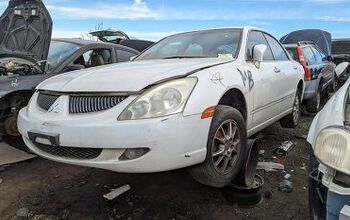


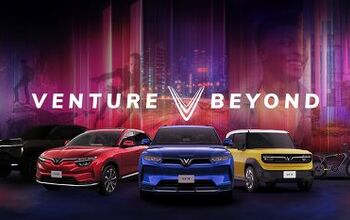


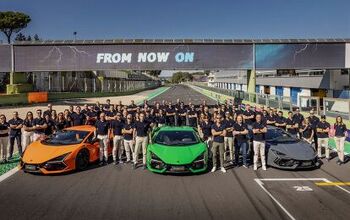
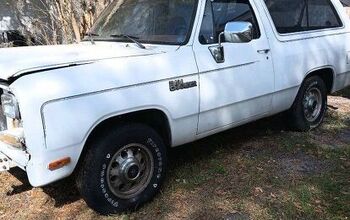
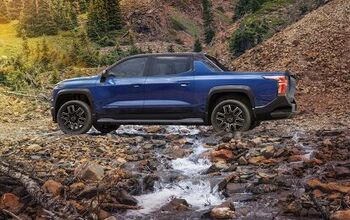

Comments
Join the conversation
Some of the worst cars I have driven have been rental Nissans. For some reason, whenever I travel through Denver, I get stuck with some fleet-level Nissan which only solidifies my aversion to the brand. I'm pretty sure the reason is that the models they chose to dump on Dever aren't suitable for the climate / elevation but the bad taste is hard to wash out. I will never own a Nissan - ever.
In 2017 I rented 49 cars. Of those 26 were the Nissan Altima or Rogue. This is from National "Emerald Aisle" lots from coast to coast and all points in-between. Over Christmas I rented a Hyundai Santa Fe, gladly walking past a fleet of Nissans at the DTW rental lots. Nissan is everywhere and they are terrible. Next most common rental behind the Nissan was the Toyota Camry. Even got a new 2018 model in LA a few weeks back. It was an abysmal stripped version that was not good in any way but not quite as bad as an Altima. Had several Sonotas too. They're bad too...about the same as the Camry in stripped down non-luxe trim. By comparison the Titanum trim Fusion Hybrid I had in Orlando was hands down the best mid-size rental I got all year. It's the most "drivers" car in the mix when not a hybrid, but the top level trim sure helps sell a car on the rental lot. Had a Jeep Wrangler in Raleigh - that was the quirkiest car all year. Why on gods earth people buy those for everyday use continues to baffle. Was fun to drive around in a dirt lot and over a few curbs just because. Also can't forget the full size BOF SUV's I've rented. Expedition in Ft. Lauderdale and Escalade in Philly. Why those are in rental fleets is beyond me. Fuel consumption is eye opening as a non-SUV owner.